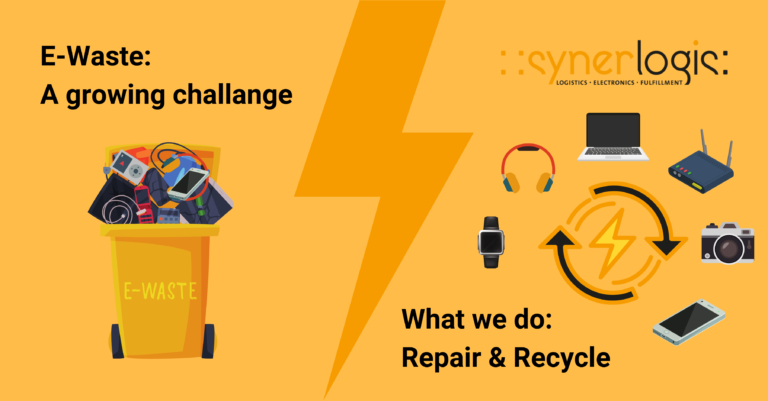
Circular Economy reduces electronic waste
The demand for electronic devices has increased enormously in recent years. Especially in the times of the pandemic and the associated work in the home office.
Thus, electronic devices such as laptops, computers, smartphones, tablets and ahead of all a router with Internet connection have become indispensable. Digitization can eliminate long distances that are normally covered by car or airplane in the future.
After all, this also does something good for the environment. But as sustainable as digitization may sound now, information and communication technologies are contradictory in ecological terms.
Because this insatiable consumption of devices such as routers, laptops, tablets, smartphones, etc., also increases the environmental impact. The growing technical progress and the accompanying short useful life of the devices, often tempts to satisfy the desire for the latest electronic device. And thus to the throwing away of the old devices, true to the motto “produce, use, throw away”.
In annual terms, about 50 million tons of e-waste are produced in this way. Worldwide, only 20% of e-waste is officially recycled. The remaining 80% is often incinerated or dumped in landfills, with severe environmental consequences.
Synerlogis focuses on Circular Economy
In order to relieve the environment and save on electronic waste, Synerlogis relies on the so-called Circular Economy. In this cycle, products that are at the end of their life cycle are used as a resource for new equipment.
In addition, used equipment that is still fully functional is refurbished and resold within the cycle. The Circular Economy replaces production with sufficiency: reuse what can be reused, recycle what cannot be reused, repair what is broken, restore what cannot be repaired.
The goal is to keep the various resources in the cycle for as long a period of use as possible. In doing so, materials should be used for multiple purposes and returned to the cycle as often as possible. This creates less waste and minimizes the depletion of fossil resources.
So let’s break the process of “make it, use it and throw it away” together and rather use the resources of the devices. This way, we reduce e-waste and help the environment.
